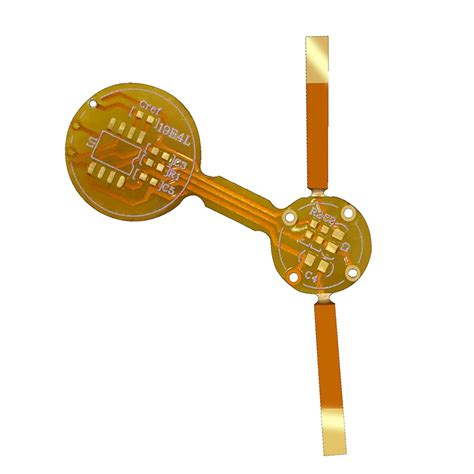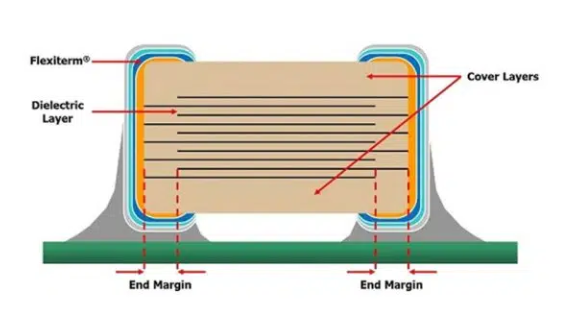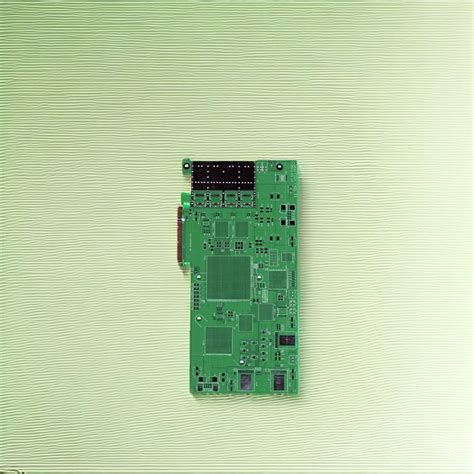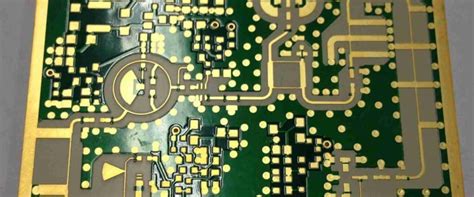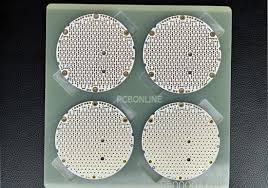Flex pcb keypad
Advantages Of Using Flex PCB Keypads In Modern Electronics
Flex PCB keypads have emerged as a pivotal component in modern electronics, offering a multitude of advantages that cater to the evolving demands of technology. As electronic devices become increasingly compact and sophisticated, the need for components that can adapt to these changes is paramount. Flex PCB keypads, with their unique properties, provide a solution that addresses both the physical and functional requirements of contemporary electronic devices.
One of the primary advantages of flex PCB keypads is their inherent flexibility.
Unlike traditional rigid PCBs, flex PCBs can bend and conform to various shapes, making them ideal for devices with unconventional form factors. This flexibility allows designers to create more ergonomic and aesthetically pleasing products without being constrained by the limitations of rigid components. Consequently, this adaptability is particularly beneficial in the development of wearable technology, where comfort and fit are crucial.
In addition to their flexibility, flex PCB keypads offer significant space-saving benefits.
As electronic devices continue to shrink in size, the need for components that occupy minimal space becomes increasingly important. Flex PCBs can be designed to fit into tight spaces, often serving multiple functions within a single layer. This capability not only reduces the overall footprint of the device but also simplifies the assembly process, leading to cost savings in manufacturing.
Moreover, the durability of flex PCB keypads is another compelling advantage.
These keypads are designed to withstand repeated bending and flexing without compromising their functionality. This resilience is essential in applications where the device is subject to frequent movement or mechanical stress. For instance, in portable electronics such as smartphones and tablets, the ability of flex PCB keypads to endure constant use without failure enhances the reliability and longevity of the device.
Furthermore, flex PCB keypads contribute to improved performance in electronic devices.
The materials used in their construction often provide superior electrical conductivity, which can enhance signal transmission and reduce the risk of interference. This improved performance is critical in high-speed and high-frequency applications, where even minor disruptions can lead to significant issues.
Another noteworthy advantage is the potential for customization that flex PCB keypads offer.
Manufacturers can tailor these keypads to meet specific design requirements, including varying thicknesses, shapes, and sizes. This level of customization ensures that the keypads can be seamlessly integrated into a wide range of devices, from consumer electronics to industrial machinery. Additionally, the ability to incorporate various features such as backlighting and tactile feedback further enhances the user experience.
In conclusion, the advantages of using flex PCB keypads in modern electronics are manifold. Their flexibility, space-saving properties, durability, performance enhancement, and customization potential make them an indispensable component in the design and manufacture of contemporary electronic devices. As technology continues to advance, the role of flex PCB keypads is likely to expand, offering even more innovative solutions to meet the demands of future electronic applications. By embracing these advantages, manufacturers can ensure that their products remain at the forefront of technological development, providing users with devices that are not only functional but also reliable and efficient.

Design Considerations For Flex PCB Keypads
When designing flex PCB keypads, several critical considerations must be taken into account to ensure optimal functionality and durability. Flex PCB keypads, known for their versatility and adaptability, are increasingly used in various applications, from consumer electronics to industrial controls. The design process begins with understanding the specific requirements of the application, which will guide the selection of materials and the overall layout of the keypad.
One of the primary considerations in designing flex PCB keypads is the choice of materials.
The substrate material must be flexible yet durable enough to withstand repeated use. Polyimide is a popular choice due to its excellent thermal stability and mechanical properties. Additionally, the conductive material, often copper, must be carefully selected to ensure reliable electrical performance. The thickness of the copper layer can significantly impact the keypad’s flexibility and conductivity, necessitating a balance between these factors.
Moreover, the layout of the keypad is crucial in determining its functionality.
The arrangement of the keys should be intuitive and ergonomic, facilitating ease of use. Designers must also consider the spacing between keys to prevent accidental presses, which can be particularly important in applications where precision is critical. Furthermore, the tactile feedback of the keys is an essential aspect of user experience. This can be achieved through various methods, such as incorporating domes or using specific materials that provide a satisfying click or resistance when pressed.
Transitioning to the electrical design, it is vital to ensure that the circuit paths are optimized for minimal resistance and interference.
This involves careful routing of the traces and consideration of the overall circuit design to prevent issues such as crosstalk or signal degradation. Additionally, the integration of components such as resistors or capacitors may be necessary to enhance the performance of the keypad, depending on the application’s requirements.
Environmental factors also play a significant role in the design of flex PCB keypads.
The operating environment can influence the choice of materials and protective coatings. For instance, keypads used in outdoor or harsh environments may require additional protection against moisture, dust, or extreme temperatures. This can be achieved through the application of conformal coatings or the use of protective overlays, which can extend the lifespan of the keypad and maintain its performance over time.
Furthermore, manufacturability is a key consideration in the design process.
The complexity of the design should be balanced with the capabilities of the manufacturing process to ensure cost-effectiveness and reliability. This includes considering the limitations of the fabrication process, such as minimum trace widths and spacing, as well as the assembly process, which may involve surface mounting or through-hole components.
In conclusion, designing flex PCB keypads involves a comprehensive understanding of the application requirements, material properties, and environmental conditions. By carefully considering these factors, designers can create keypads that are not only functional and reliable but also enhance the overall user experience. As technology continues to advance, the demand for innovative and efficient flex PCB keypads is likely to grow, making it essential for designers to stay informed about the latest developments and best practices in the field.
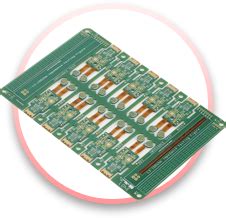
Manufacturing Process Of Flex PCB Keypads
The manufacturing process of flex PCB keypads is a sophisticated and intricate procedure that requires precision and attention to detail. Flex PCB keypads, known for their flexibility and durability, are integral components in various electronic devices, offering a seamless interface between the user and the device. The process begins with the selection of appropriate materials, which is crucial for ensuring the quality and functionality of the final product. Typically, polyimide or polyester films are chosen due to their excellent thermal stability and flexibility. These materials serve as the substrate upon which the circuit is built.
Once the substrate is selected, the next step involves the application of a conductive material, usually copper, onto the substrate.
This is achieved through a process called lamination, where the copper foil is bonded to the substrate under heat and pressure. The thickness of the copper layer is carefully controlled to ensure optimal conductivity while maintaining the flexibility of the keypad. Following lamination, the circuit pattern is created using a technique known as photolithography. In this process, a photosensitive resist is applied to the copper layer, and the desired circuit pattern is transferred onto the resist using ultraviolet light. The exposed areas of the resist are then developed, revealing the underlying copper, which is subsequently etched away to form the circuit pattern.
After the circuit pattern is established, the next phase involves the application of a protective overlay.
This overlay, often made from a flexible solder mask or a similar material, serves to protect the circuit from environmental factors such as moisture and dust, which could potentially compromise its functionality. The overlay is applied using a screen-printing technique, ensuring that it adheres precisely to the circuit pattern without obscuring any critical areas.
The integration of the keypad components follows, where tactile switches or domes are strategically placed on the circuit.
These components are essential for providing the tactile feedback that users experience when pressing the keys. The placement of these switches is meticulously planned to ensure that they align perfectly with the corresponding keys on the keypad overlay. The overlay, typically made from a durable and flexible material such as silicone or polyurethane, is then affixed to the circuit, completing the keypad assembly.
Quality control is a critical aspect of the manufacturing process, ensuring that each flex PCB keypad meets stringent standards before it reaches the consumer.
This involves rigorous testing of the electrical properties, such as resistance and conductivity, as well as mechanical tests to assess the durability and flexibility of the keypad. Any defects or inconsistencies are identified and rectified at this stage, ensuring that only the highest quality products are delivered.
In conclusion, the manufacturing process of flex PCB keypads is a complex and meticulous procedure that combines advanced materials and techniques to produce a reliable and efficient interface for electronic devices. From material selection to quality control, each step is carefully executed to ensure that the final product meets the demands of modern technology. As electronic devices continue to evolve, the role of flex PCB keypads remains crucial, underscoring the importance of precision and innovation in their manufacturing process.
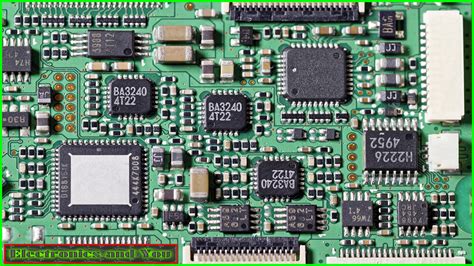
Applications Of Flex PCB Keypads In Various Industries
Flex PCB keypads, known for their versatility and durability, have become integral components in a wide array of industries. These keypads, which utilize flexible printed circuit boards, offer numerous advantages over traditional rigid keypads, including reduced weight, enhanced flexibility, and improved reliability. As a result, they have found applications in sectors ranging from consumer electronics to medical devices, each benefiting from the unique properties of flex PCB technology.
In the consumer electronics industry, flex PCB keypads are widely used in devices such as smartphones, remote controls, and gaming consoles.
The compact and lightweight nature of these keypads makes them ideal for portable devices where space is at a premium. Moreover, their flexibility allows for innovative design possibilities, enabling manufacturers to create sleeker and more ergonomic products. The durability of flex PCB keypads also ensures that they can withstand the frequent use and potential wear and tear associated with consumer electronics, thereby enhancing the longevity of the devices.
Transitioning to the automotive industry, flex PCB keypads play a crucial role in the development of modern vehicles.
As cars become increasingly sophisticated, the demand for advanced control systems has grown. Flex PCB keypads are used in various automotive applications, including dashboard controls, infotainment systems, and climate control panels. Their ability to conform to the curved surfaces of a car’s interior allows for seamless integration into the vehicle’s design. Additionally, the reliability of these keypads is paramount in ensuring the safety and functionality of automotive systems, making them a preferred choice for manufacturers.
In the realm of medical devices, the importance of flex PCB keypads cannot be overstated.
Medical equipment often requires precise and reliable input methods, and flex PCB keypads deliver on both fronts. They are commonly found in devices such as portable diagnostic tools, patient monitoring systems, and infusion pumps. The flexibility and compactness of these keypads enable the creation of lightweight and portable medical devices, which are essential for both hospital settings and remote healthcare applications. Furthermore, the robust nature of flex PCB keypads ensures that they can endure the rigorous sterilization processes required in medical environments, maintaining their functionality and hygiene.
The aerospace industry also benefits significantly from the use of flex PCB keypads.
In an industry where weight reduction is critical, the lightweight nature of these keypads contributes to overall efficiency and fuel savings. They are employed in various aerospace applications, including cockpit controls and communication systems. The ability of flex PCB keypads to withstand extreme conditions, such as high altitudes and temperature fluctuations, makes them particularly suited for aerospace use. Their reliability and durability are essential in ensuring the safety and performance of aircraft systems.
In conclusion, the applications of flex PCB keypads across various industries highlight their versatility and indispensability. From consumer electronics to aerospace, these keypads offer numerous advantages, including flexibility, durability, and reliability. As technology continues to advance, the demand for innovative and efficient input solutions will only grow, further cementing the role of flex PCB keypads in shaping the future of multiple industries. Their ability to adapt to diverse requirements and environments ensures that they will remain a critical component in the development of cutting-edge technologies.

